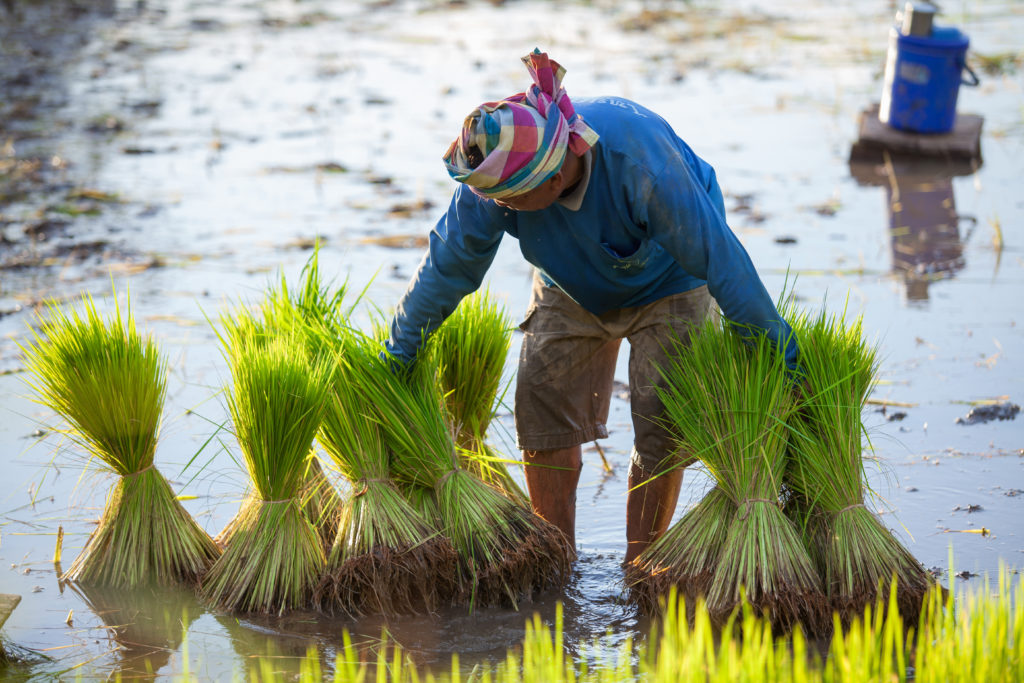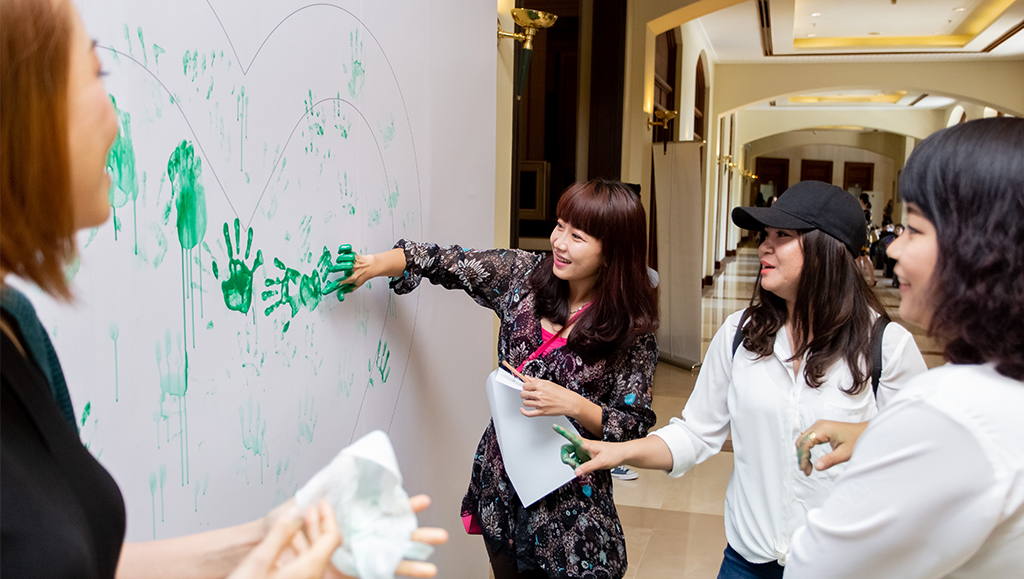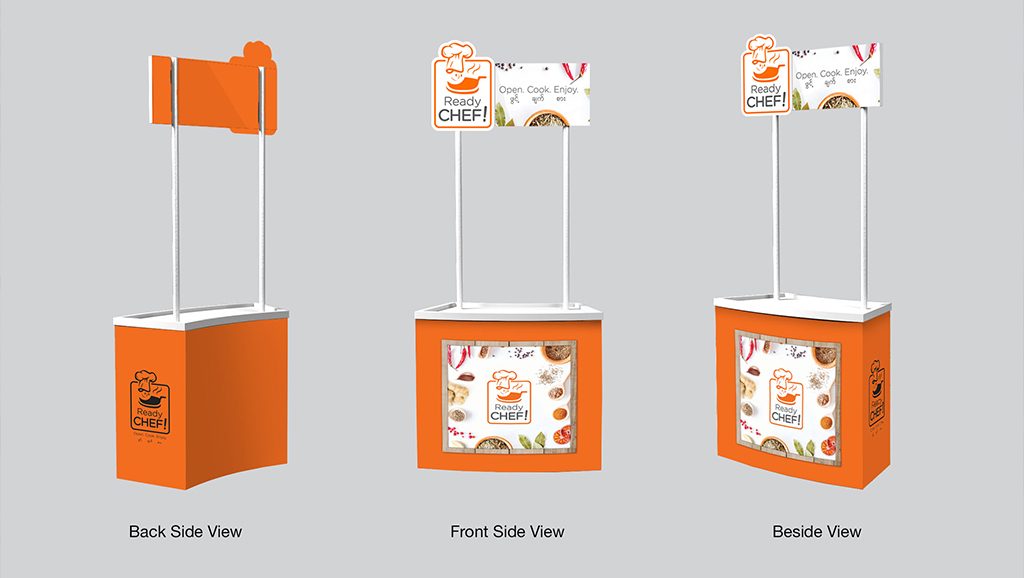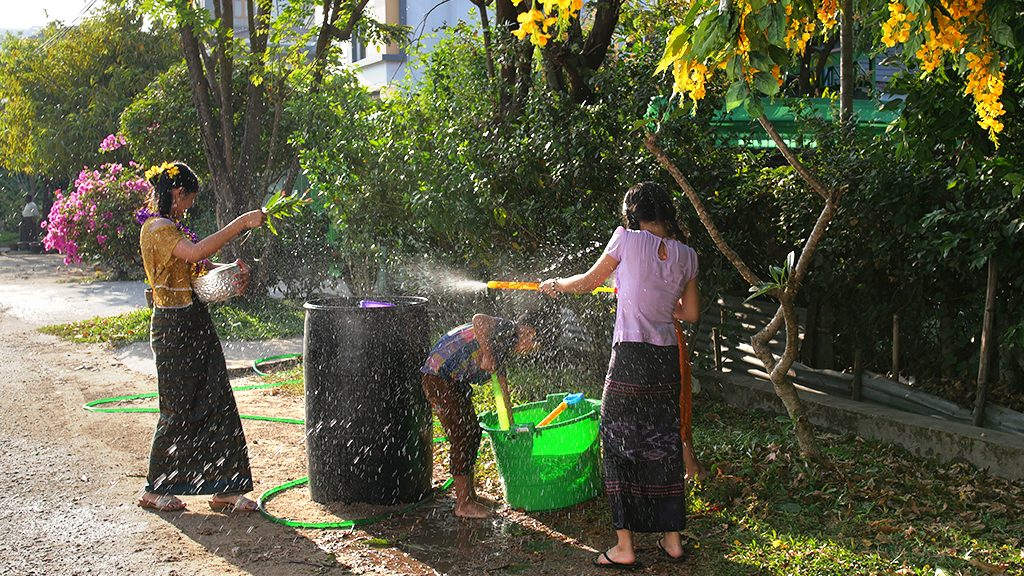

Since Myanmar’s cellular industry was first opened to competition in 2014, mobile phone use has grown exponentially. By some estimates, over ninety percent of Myanmar people now use cellular devices.
Unlike other developing markets, Myanmar people have also adopted smartphones in record time. While many basic “feature phones” cost around 20 USD (and have little function over SMS messaging and airtime-based calling), basic smartphones (with access to the internet, WhatsApp, Viber and Facebook) can be purchased for just a small price increase at around 30 USD a handset.
The relatively small price difference between device categories, along with intuitive touch-based software and increased functionality have made smartphones popular across Myanmar. Savvy brands and marketers have already begun to tap into this rapidly developing avenue to reach Myanmar people, but a new round of entrepreneurs are also looking to apply mobile technology to a typically low-tech industry in Myanmar – agriculture.
Farming in Myanmar
Unlike neighbors Vietnam and Thailand, Myanmar holds uniquely high potential for agricultural success. Agriculture already accounts for nearly 40% of the country’s GDP, and a mostly tropical climate (suitable to many crops) paired with an abundance of arable soil and freshwater make Myanmar a particularly fertile territory in Southeast Asia.
Despite all of these physical advantages however, Myanmar farmers commonly see lower yields and profits than their regional counterparts. The problem is attributed to, at least in part, a lack of solid education and support networks for farmers (especially those working in far-flung rural areas). With little access to information on fertilization techniques, market fluctuations or strategies for crop diversification, many farmers are left to their own experimentation. Two
What is Being Done
A digital agriculture revolution is underway in Myanmar, and it’s been spearheaded by two innovative startups; Greenovator and Impact Terra. With it’s app Shwe Thee Nhan (or “Golden Paddy”), Impact Terra helps connect farmers with resource groups ranging from NGOs, to knowledge institutes, and even the Ministry of Agriculture, Livestock and Irrigation. Moreover, the app also hopes to track users’ individual needs and resources in order to help them apply for non-predatory, small-scale loans.
Taking a different approach, Greenovator aims to connect farmers with each other (and other agriculture industry professionals) through its app called Greenway. After users download the app onto their device, they’re invited to both ask and answer questions. Through this crowdsourcing, farmers can find information about crop prices, best practices and weather forecasts all in one place. Early analysis across the country shows both apps are proving an indispensable tool, with many farmers reporting drastically increased yields and expanded negotiating power at marketplaces.

Looking Ahead
With both platforms showing promising growth, the potential for a digital agriculture revolution in Myanmar appears strong. In the very near future, the Myanmar government (through the Department of Agriculture) will begin partnering with Greenway to dramatically expand the project’s reach, using the app as one of their main tools to distribute information to farmers. If Myanmar peoples’ willingness to adopt new technologies is any indication, development in one of the country’s most important sectors will soon follow.




















